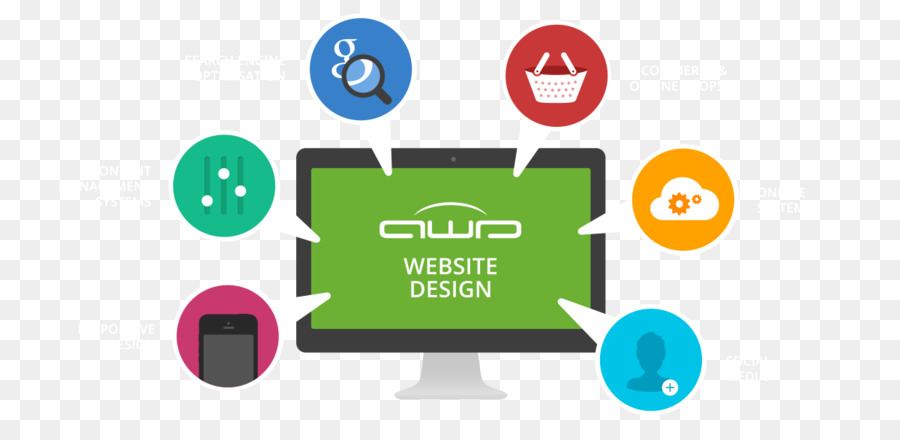The Advancement Of Site Layout: From Earlier Times To Now
The Advancement Of Site Layout: From Earlier Times To Now
Blog Article
Authored By-Tobiasen Trolle
In the past, web sites were basic and focused on information. Navigating was direct, and design was for desktops. Now, user experience is vital. Information overviews styles for very easy navigating. Responsive layouts suit different tools. Today, dark mode reduces pressure, and minimal menus enhance navigation. Interactive features engage customers, and bold visuals stand apart. AI integration boosts involvement. See just how layout has actually progressed to improve your on the internet trip.
Early Days of Website Design
In the early days of website design, simplicity preponderated. Sites were basic, with restricted colors, fonts, and layouts. The focus was on supplying details as opposed to showy visuals. Users accessed the net with slow dial-up links, so speed and capability were essential.
Navigation menus were straightforward, typically situated at the top or side of the web page. Sites were designed for home computer, as mobile browsing wasn't yet common. Content was king, and designers focused on simple readability over intricate layout components.
HTML was the primary coding language utilized, and developers needed to function within its constraints. Animations and interactive features were very little contrasted to today's requirements. Web sites were static, with little dynamic material or tailored customer experiences.
Rise of User-Focused Style
With the development of internet site style, a shift in the direction of user-focused style concepts has actually come to be progressively noticeable. Today, producing sites that focus on user experience is crucial for engaging visitors and achieving service goals. User-focused design entails comprehending the requirements, preferences, and actions of your target audience to tailor the web site's format, content, and includes appropriately.
Designers now conduct extensive research study, such as individual surveys and usability screening, to collect insights and comments directly from users. This data-driven strategy helps in developing intuitive navigation, clear calls-to-action, and aesthetically appealing user interfaces that resonate with site visitors. By putting the customer at the facility of the layout process, internet sites can deliver an extra personalized and enjoyable experience.
LASIK SEO has likewise emerged as a key element of user-focused layout, ensuring that internet sites are optimized for different tools and screen dimensions. This flexibility enhances availability and functionality, satisfying the varied means customers connect with internet sites today. Fundamentally, the surge of user-focused style signifies a shift in the direction of producing electronic experiences that focus on the requirements and expectations of completion user.
Modern Trends in Web Design
Discover the current trends forming web design today. One noticeable trend is dark mode style, using a streamlined and contemporary appearance while reducing eye strain in low-light settings. One more key trend is minimal navigating, streamlining menus and boosting individual experience by focusing on essential elements. Including micro-interactions, such as computer animated buttons or scrolling impacts, can develop an extra engaging and interactive web site. Receptive style continues to be vital, ensuring smooth customer experiences across numerous devices. Furthermore, utilizing strong typography and asymmetrical formats can include aesthetic rate of interest and accentuate particular content.
Integrating AI innovation, like chatbots for consumer support or customized recommendations, improves user interaction and streamlines processes. Ease of access has additionally become a substantial pattern, with developers focusing on inclusive design techniques to accommodate diverse customer needs. Accepting sustainability by enhancing internet site performance for speed and effectiveness is one more arising pattern in website design. Teaming up with user responses and information analytics to iterate and enhance layout continually is important for remaining pertinent in the ever-evolving digital landscape. By embracing these contemporary fads, you can produce an aesthetically enticing, easy to use internet site that resonates with your target market.
Final thought
As you assess the evolution of web site layout from the very early days to now, you can see just how user-focused style has become the driving force behind modern trends.
Welcome the journey of change and adaptation in web design, always maintaining the user experience at the center.
Remain existing with the most up to date trends and modern technologies, and never quit progressing your strategy to develop visually magnificent and easy to use sites.
Evolve, adapt, and create - the future of website design is in your hands.
